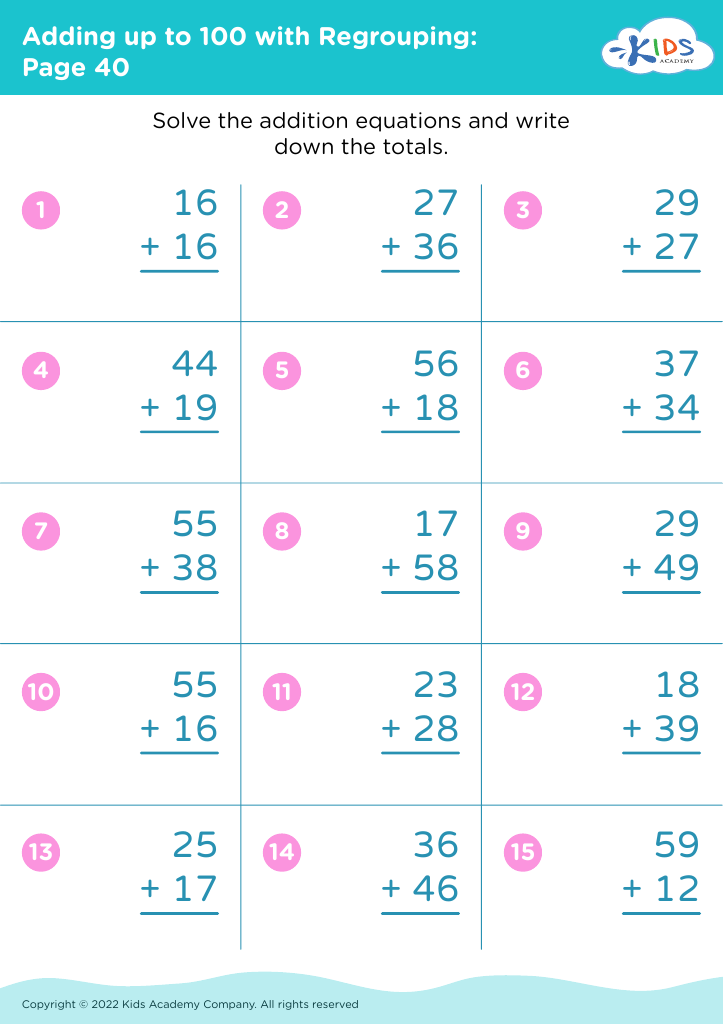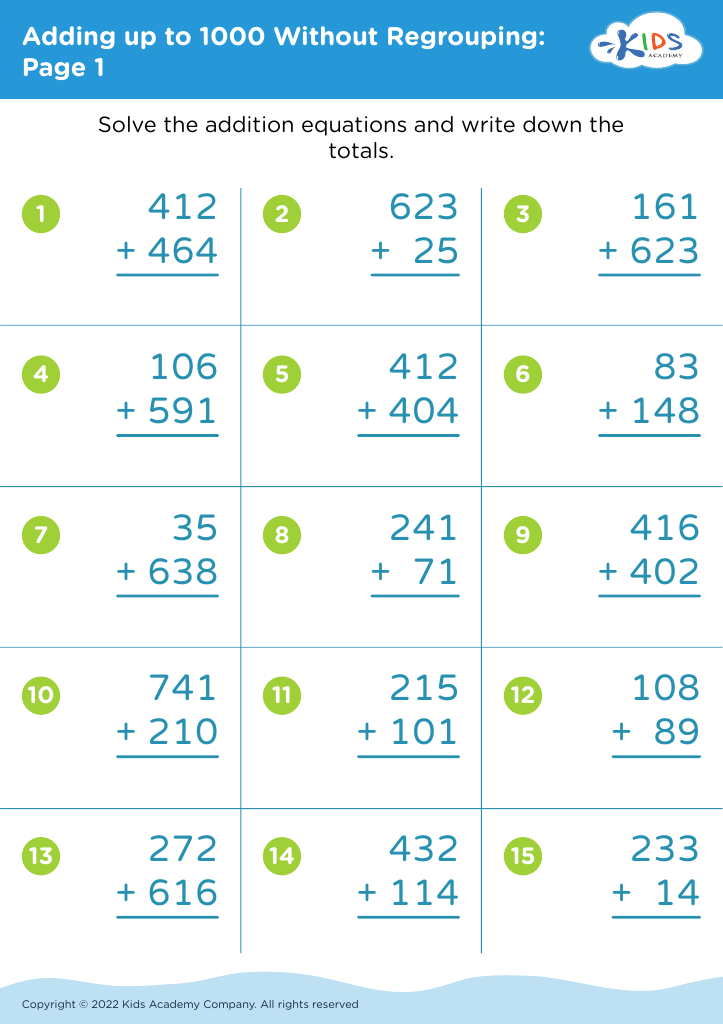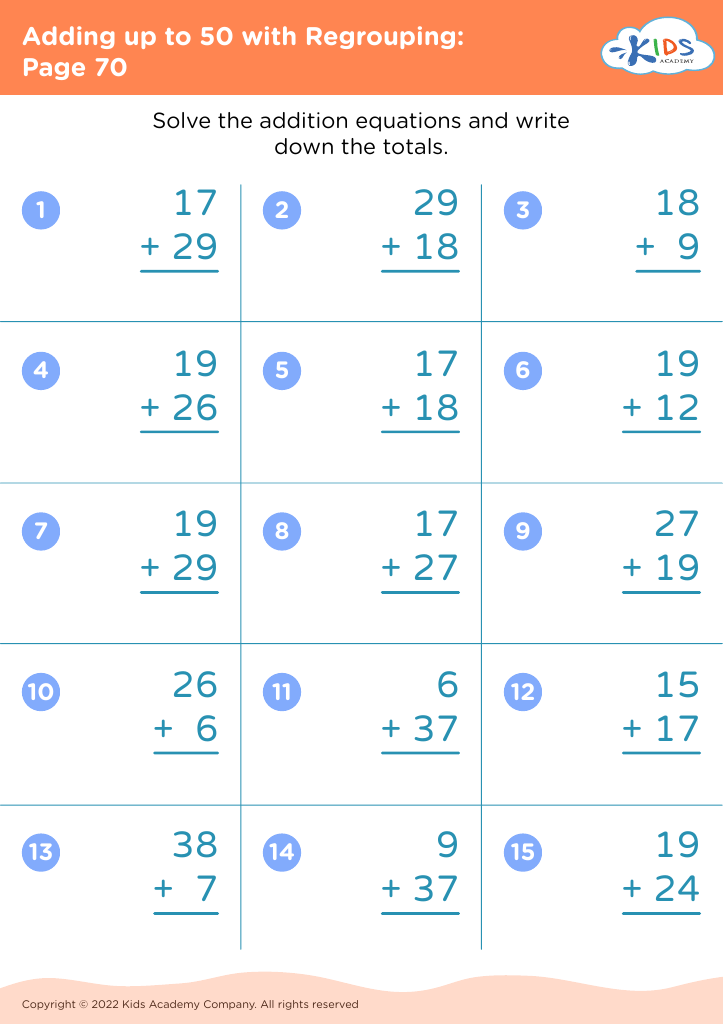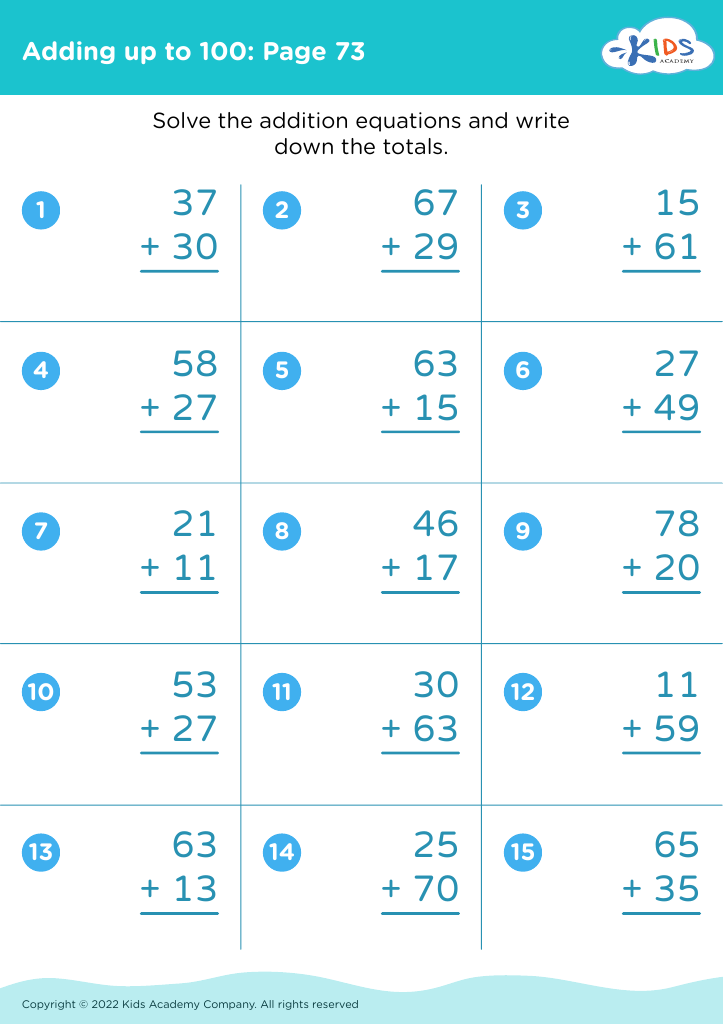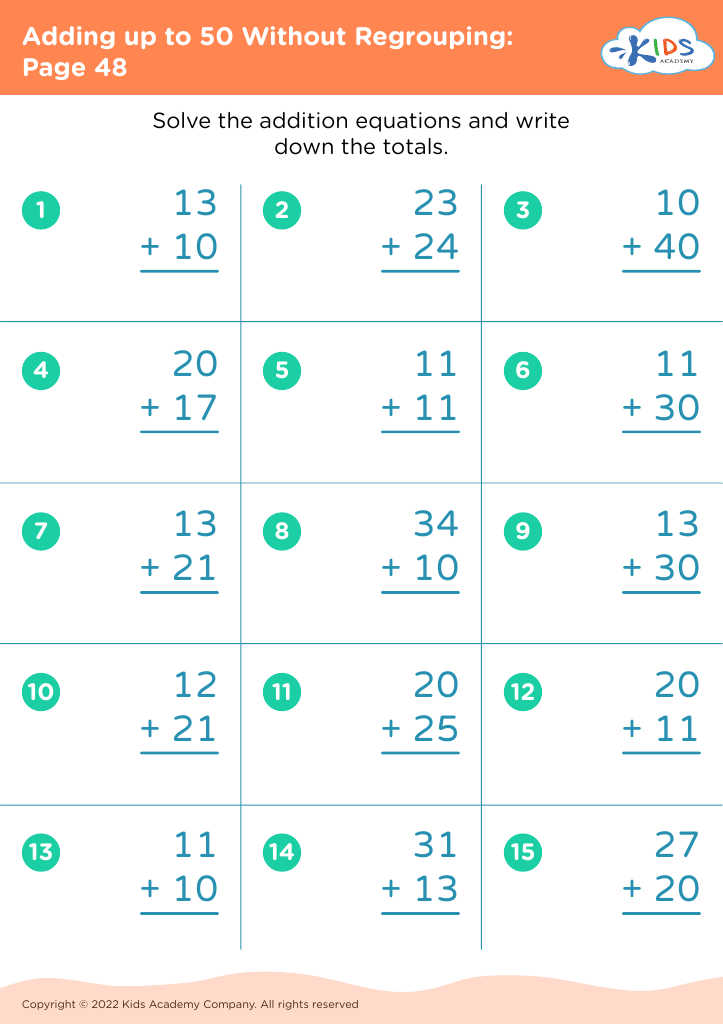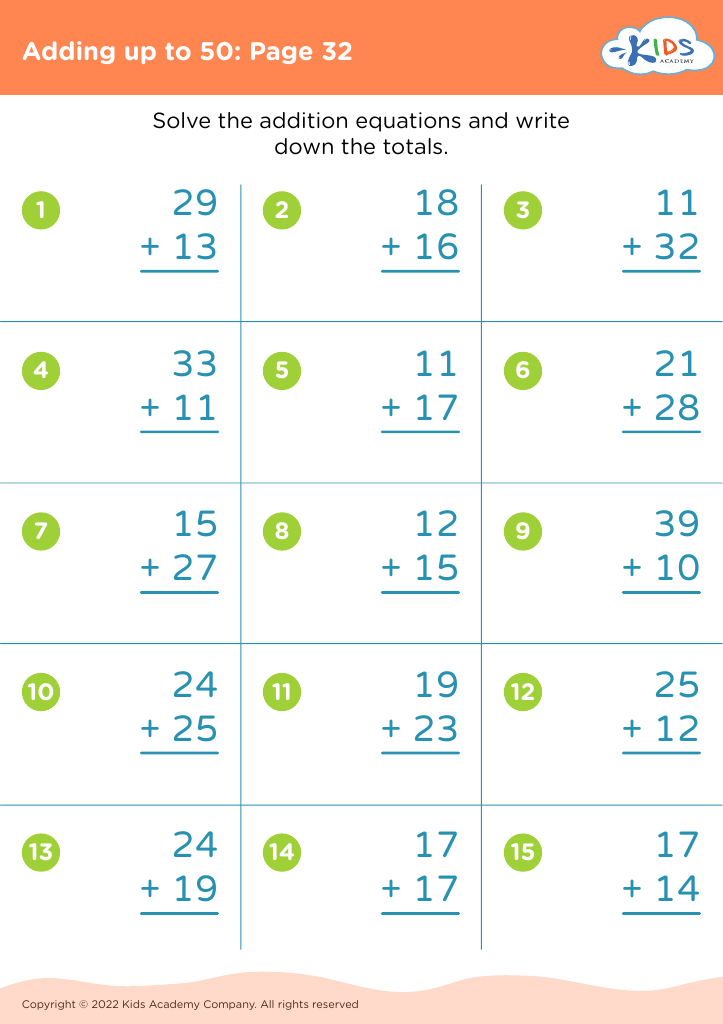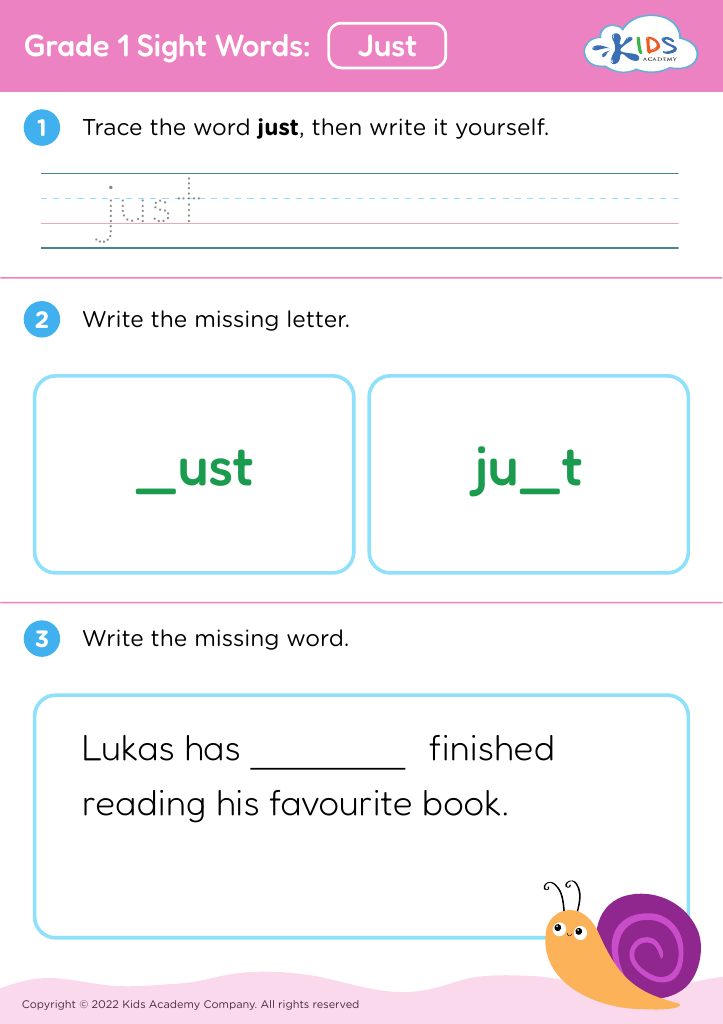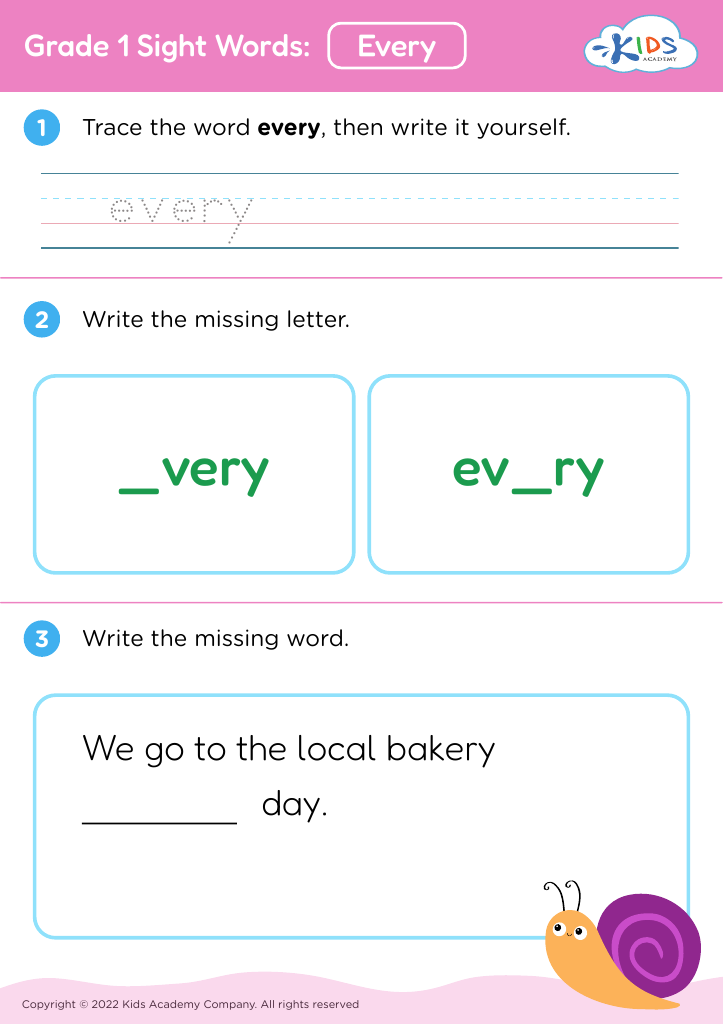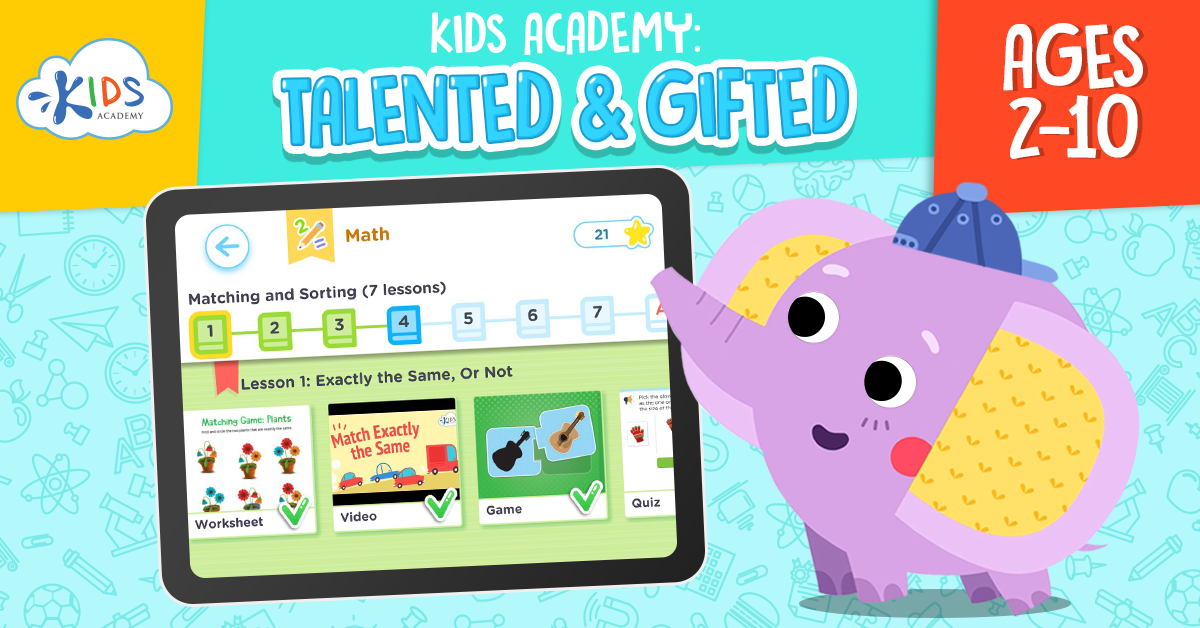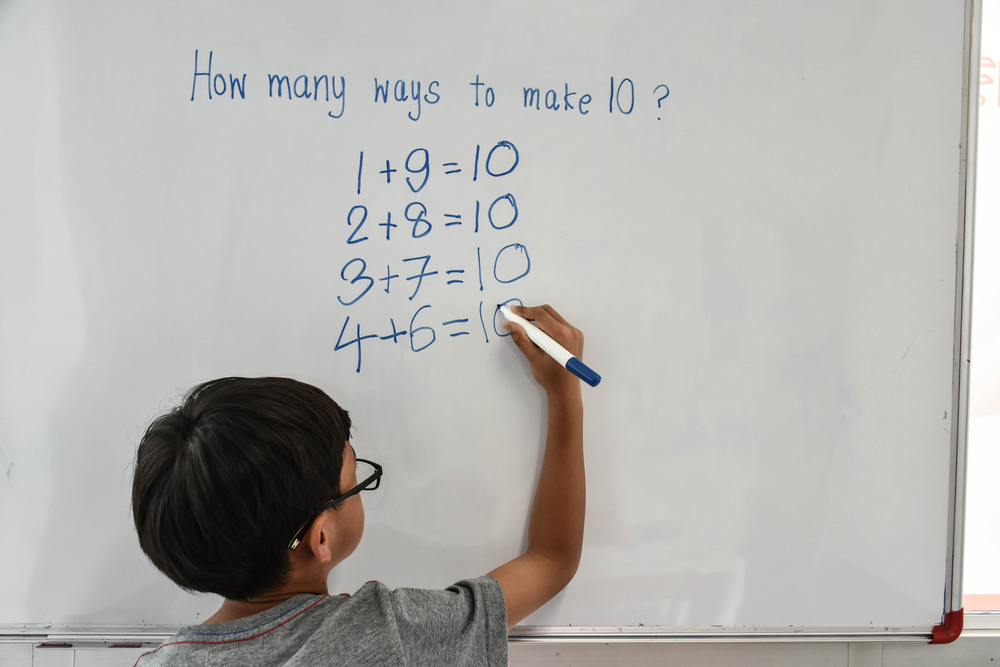Comparing quantities Worksheets for Ages 6-7
14 filtered results
-
From - To
Discover engaging "Comparing Quantities Worksheets for Ages 6-7" at Kids Academy. These printable worksheets are designed to help young learners grasp essential math concepts through fun and interactive activities. Alongside vivid illustrations, exercises include tasks like identifying which group has more or less, counting objects, and comparing numbers. Crafted by education experts, each worksheet fosters critical thinking and problem-solving skills, ensuring children build a solid foundation in math. Perfect for classroom or home use, these worksheets turn learning into an enjoyable adventure, boosting confidence and proficiency in comparing quantities. Explore today and support your child’s mathematical journey!


Which Has More? Size Worksheet


Comparing Number Representations Worksheet


Fruit Math: Picture Graphs Worksheet
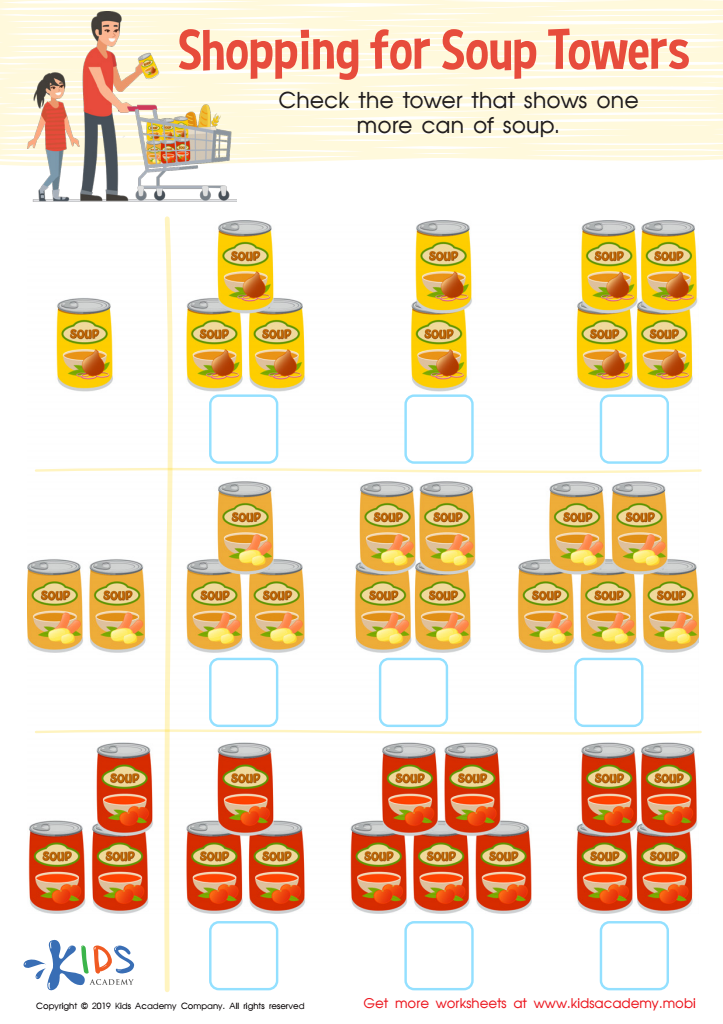

Soup Towers Worksheet
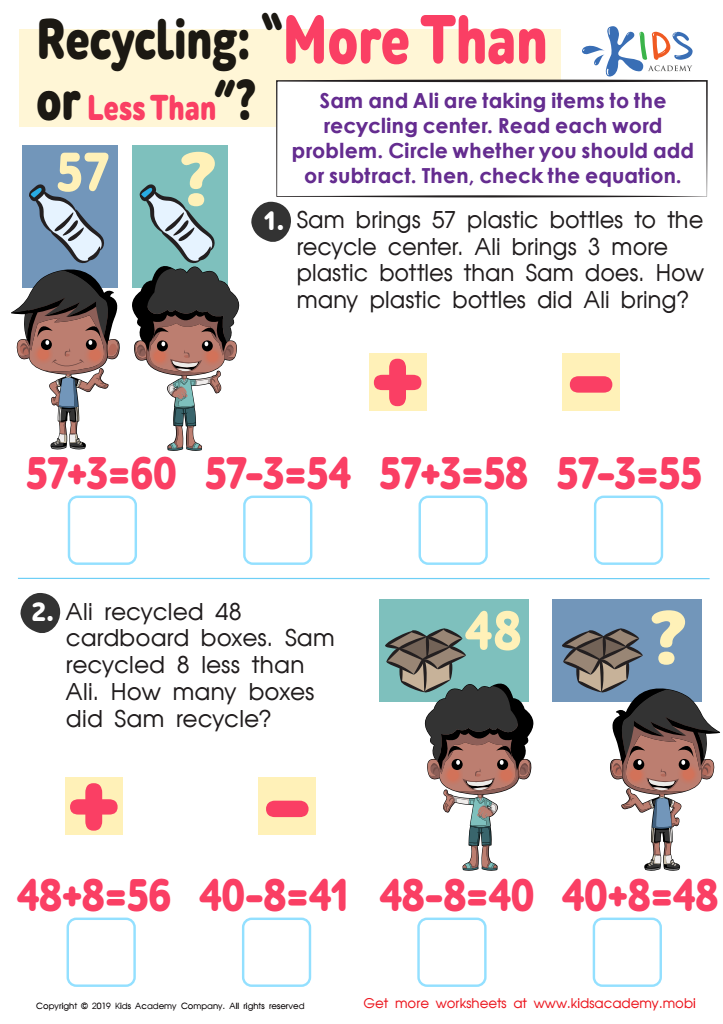

Recycling - More or Less Worksheet
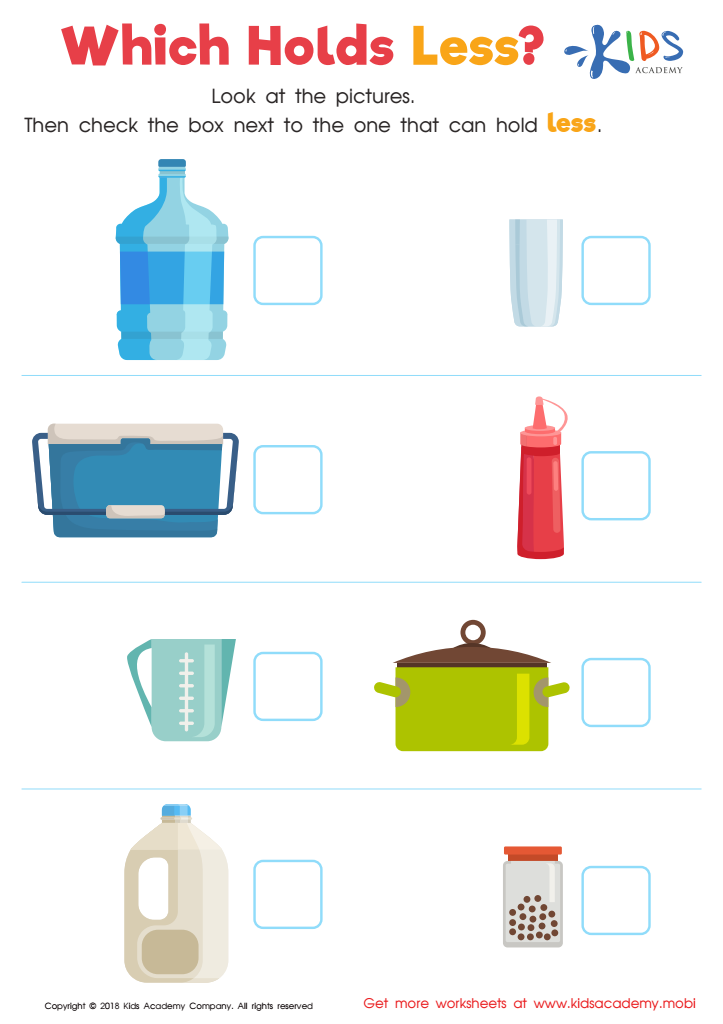

Which Holds Less? Worksheet
Comparing quantities is a fundamental skill that directly influences a child’s ability to understand and solve mathematical problems and activates logical thinking, both of which are crucial for academic success and everyday life. For children aged 6-7, mastering this skill ensures a solid groundwork in basic math concepts such as greater than, less than, and equal to. This age aligns with first and second grades in most educational systems, where these concepts are traditionally introduced.
Why is that important? Simply put, comparing quantities builds a child's number sense—the intuitive comprehension of numbers and their relationships. This is pivotal not only in math but across multiple subjects requiring analytical skills. For example, when shopping, children can learn practical applications like identifying which product offers more value, improving both their mathematical and decision-making skills.
Additionally, comparing quantities ties directly to future topics like addition, subtraction, multiplication, and division. Early exposure reduces potential struggles students might face as they encounter more complex mathematical challenges.
Parents and teachers who emphasize comparing quantities online adopt a holistic teaching approach, nurturing a critical aspect of cognitive development. Encouraging this practice in the classroom and at home not only aligns with curricular goals but also instills essential life skills related to logical reasoning and critical thinking, enriching a child's educational journey and practical life management.

 Assign to My Students
Assign to My Students
